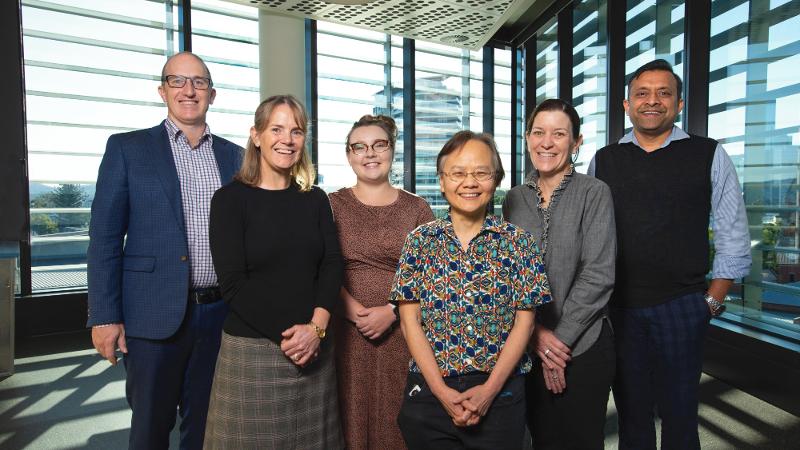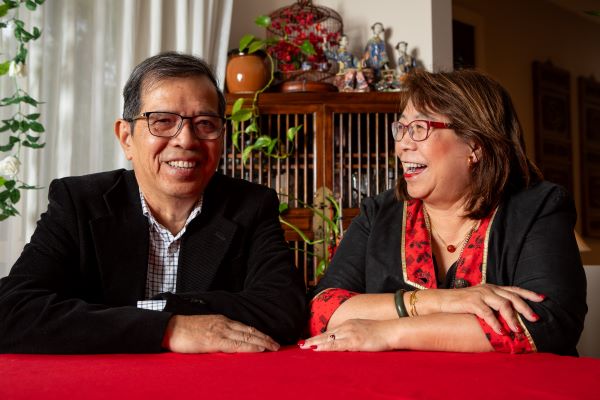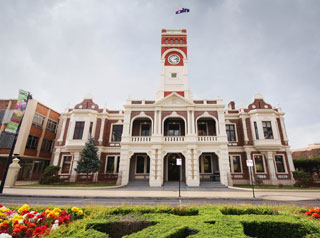A review led by ARPANSA has shown that sunscreen is safe to use and, when applied correctly, reduces the risk of skin cancer and sunburn.
The review paper examines the benefits and risks of sunscreens, compliance requirements and how sunscreen should be used for optimal effectiveness. Results showed there is still work required to change behaviour of Australians to use sunscreen and apply it correctly.
‘Behaviour change takes time and persistence and we have seen really positive evidence of Australians protecting their skin from ultraviolet radiation (UVR) over the years’, said Dr Stuart Henderson, lead author and Assistant Director, UVR Exposure Assessment at ARPANSA.
‘There is still work to be done to ensure people apply enough sunscreen frequently enough to provide good protection and there is also a need to combine this with hats, clothing, sunglasses and shade’, said Dr Henderson.
‘Sunscreen should be the last line of defence against UVR.’
Published in a skin cancer prevention edition of Public Health Research & Practice (PHRP), a journal of the Sax Institute, the paper recommends continued regulation and long-term skin cancer prevention policies and programs to promote effective use of sunscreen and other sun protection measures.
‘We found that existing regulation and compliance processes are valuable in protecting consumers and ensuring the safety of products sold in Australia’, said Dr Stuart Henderson.
‘However, the testing methods available to determine the efficacy of sunscreen products are not ideal.’
Current sunscreen testing relies on applying UVR to the skin of volunteers to determine the ability of sunscreens to prevent skin reddening or sunburn.
‘We advocate strongly for further research to develop a suitable testing method that does not involve exposing people to harmful UV,’ said Dr Henderson.
The paper is included in the special skin cancer prevention edition of PHRP, published open access with the support of Cancer Council, the Australian Radiation Protection and Nuclear Safety Agency, the Australasian College of Dermatologists and the Australian Skin and Skin Cancer Research Centre.







